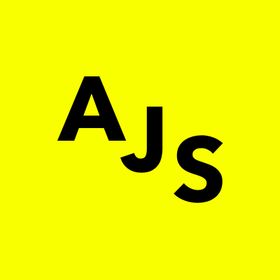How do you run a Remote Design Sprint successfully? We’ve facilitated hundreds of Design Sprints over the years, and in this video we’ll share the processes, tools and techniques on how we run a complete Remote Design Sprint! If you’re looking to run and host Remote Design Sprints for your clients, business, or teams, this is not one to miss!
Why use a Design Sprint?
It’s no longer enough to have a “good quality product”, you need to have the right product. Design Sprints are the fastest way to find out if a product is worth developing, if a feature is worth the effort, or if your value proposition is really valid. Why invest months of time, when all you need is a week?
What does a Design Sprint look like?
The Design Sprint is essentially a 4-day intense hackathon. On Day 1 you will define the challenges and scope of the week. Day 2 is about deciding which challenges to prototype. Day 3 is about rapidly building the high fidelity prototype, which is then tested with real users on Day 4.
What is the exact outcome?
The outcome of every Design Sprint Week is a high-fidelity interactive prototype, tested by real users, with clear insights on where to go next.
What happens after a Design Sprint?
Once you have a tangible representation of your product in your hands, and real user insights to guide your next steps, making decisions becomes easier. You have options upon completing a Design Sprint. For example, you could hold a second sprint to iterate and polish the idea, bringing the product even closer to production-ready, or you could use the prototype to sell your idea further and develop your concept.
Design Sprint FAQs
What should a sprint design include?
A design sprint should include a timetable so people know what to expect and book time for it. On a remote design sprint board, there should be a space for prep work and research (diverge and converge). Save some time for organizing some references, and make sure to inspire people with other product stories. In the end, organize a working space so people can conceptualize and produce the final prototype and storyboard.
How do I design a sprint design?
The Design Sprint Template by AJ&Smart helps you to design your remote design sprint workshop. Keep in mind that for running a design sprint, you’ll need to understand the design thinking process: frame your problem, diverge and brainstorm, converge and find solutions, prototype, test and validate assumptions with users. Once you plan these design stages, you can tailor the design sprint to suit your team's needs.
Watch the video

AJ&Smart
Product Design Sprint Agency
AJ&Smart is an award-winning product design sprint agency that uses Design Sprints to compress work that would usually take months into days.